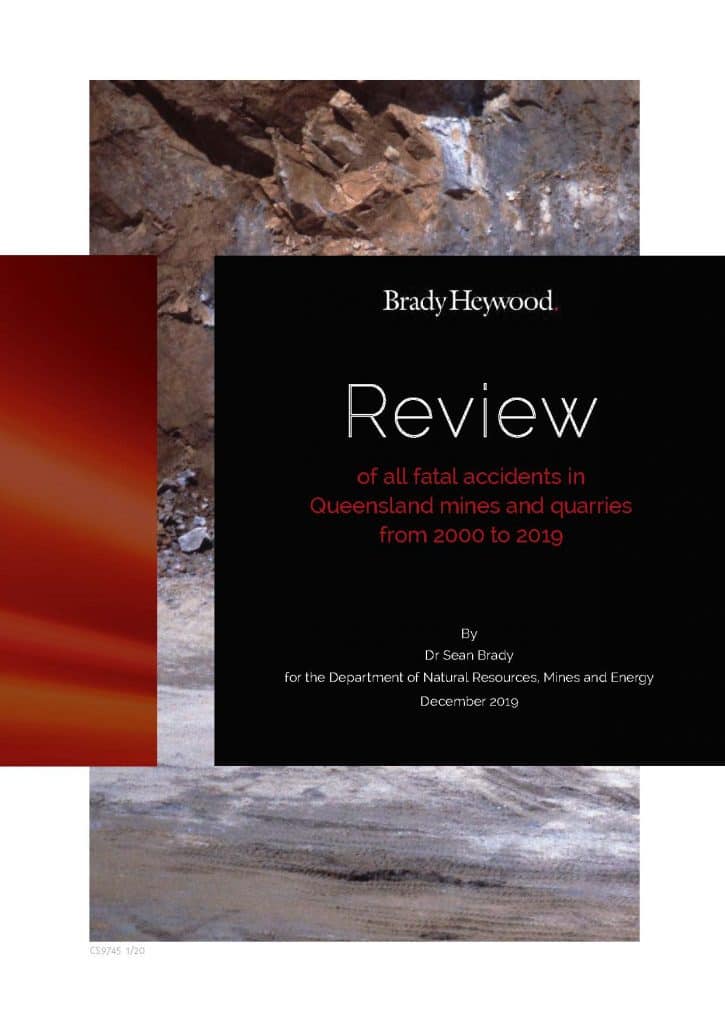
Late yesterday the Queensland Minister for Industrial Relations, Grace Grace, issued a media statement that clarified the work health and safety (WHS) prosecution process that is likely to apply to Ardent Leisure, the owner of Dreamworld. Significantly she clarified the Coroner’s Findings and the misinformation of some media outlets. Ardent Leisure has issued a statement in support of safety improvements.





